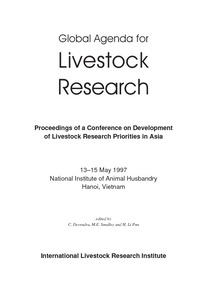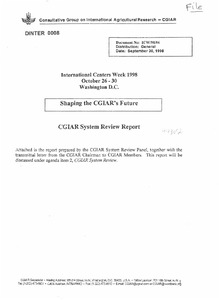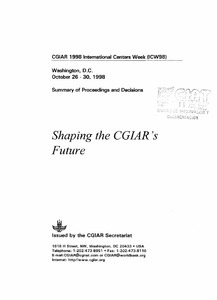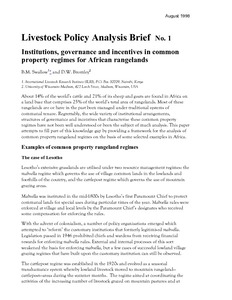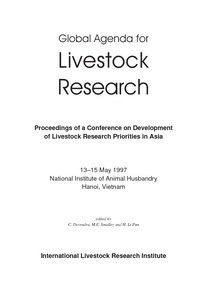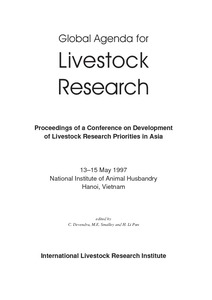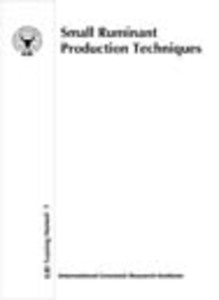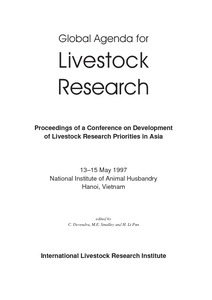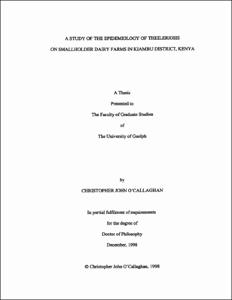ILRI: mission, vision, programme and collaboration
The International Livestock Research Institute (ILRI) began operations in 1995 with the consolidation of two Consultative Group on International Research (CGIAR) - sponsored livestock research centres: the International Laboratory for Research on Animal Diseases (ILRAD), in Kenya, and the International Livestock Centre for Africa (ILCA), in Ethiopia.

